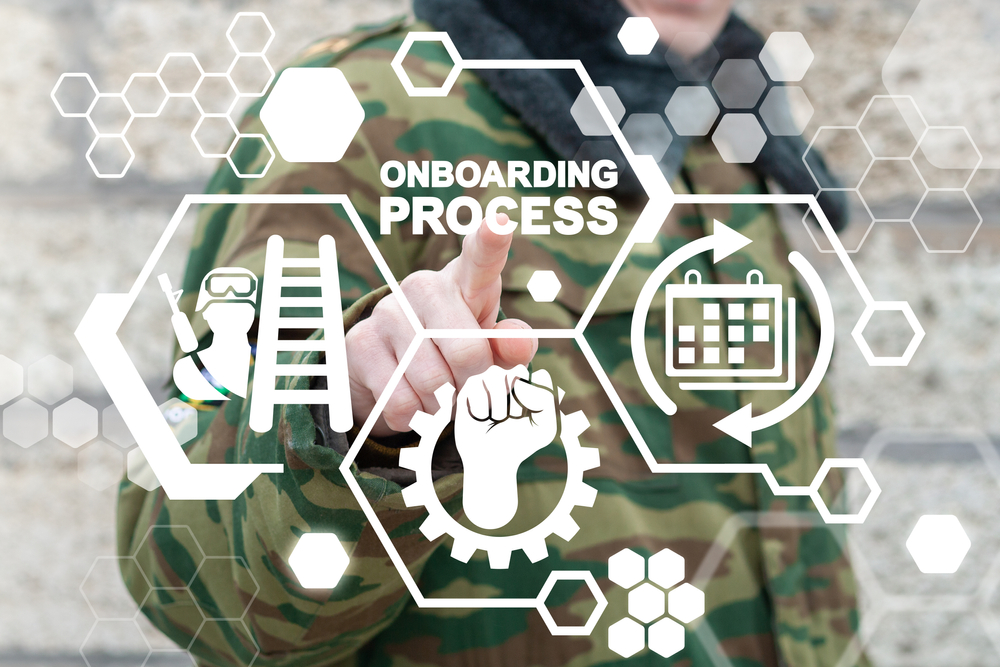Before the first brushstroke lands, a painter stretches and primes the canvas. Without this step, the paint won’t stick, the colors won’t hold, and the art won’t last. The same is true for onboarding. If your people aren’t primed to learn about your values and culture, it fades away into the busyness of their daily work.
You’ve seen the pattern. It’s the classic bell curve of values engagement:
- A quarter of your employees likely can’t name your company’s values.
- Half, on a good day, can name one or all, but that’s where it ends, with little action or alignment.
- A few high performers, if you’re lucky, actually live out the company’s values in their day-to-day behaviors.
Why is it so hard to move people into that top tier of cultural activation? Let’s talk about Mark from accounting.
The Tale of Two Marks
Mark #1: The Passive Onboarder
Mark shows up on day one. He watches the HR-led onboarding about the company’s core values: Integrity, Curiosity, Impact, Teamwork. He nods. He eagerly scribbles a few notes. The next day, he’s dropped into operations. Two weeks later, he’s deep in spreadsheets, attending meetings, and handling invoice queries. If you ask him about the company values, he’ll say something like,
“I think one of them is… integrity? Or maybe innovation?”
He doesn’t resist the culture, but he’s not engaged in it either. There’s no bridge from the cultural orientation to what Mark experiences daily. No thread of consistency, and ultimately, no alignment.
Why Is Values Alignment So Hard for Mark?
Because new behavior is hard! It’s about rewiring how we act, not just what we remember. Neuroscience tells us that when people are exposed to new ideas, their brains have to make space for unfamiliar connections. Without relevance to their own lives, and repetitive practice, the brain prunes those connections away. By week three, Mark’s values synapses have disappeared to make room for … more spreadsheets.
This is where priming becomes essential. Behavioral science shows that priming, introducing cues and context before behavior is required, increases the chances of actual and lasting change. Just like that primed canvas helps paint adhere, primed employees are more likely to absorb and live your values.
Let’s look at what happens when Mark is primed to incorporate your company’s values into his everyday behavior.
Mark #2: The Primed Professional
When Mark is asked by a caring manager to consider his own values and how they guide his daily actions, Mark dives beyond the typical, rose-colored glasses view, as he examines how his values compete with one another, and how they require methodical daily practice to reach consistent aspirational behavior. Later, when Mark is introduced to the company’s values of Integrity, Curiosity, Impact, and Teamwork, he thoughtfully considers how those values connect to his own, and the actions he must take in his daily work to activate them.
Through his daily practice, Mark begins to recognize his active role in shaping company culture. He lives the values, not because he has to, but because he was primed for it.
Let’s Prime Better
By encouraging your employees to explore their own values before introducing the company’s, you provide them a canvas on which to draw real-world, practical connections that propel them from passive onboarding to real values engagement throughout their entire life cycle with your organization.
This is how culture sticks.
Loren McAnally is a Chief Operating Officer at PRAX Leadership, leading the development, execution, and growth of PRAX programs. With 12 years of experience in fast-paced healthcare companies, her passion lies in building high-performing teams through self-leadership skills and strong organizational communication.




